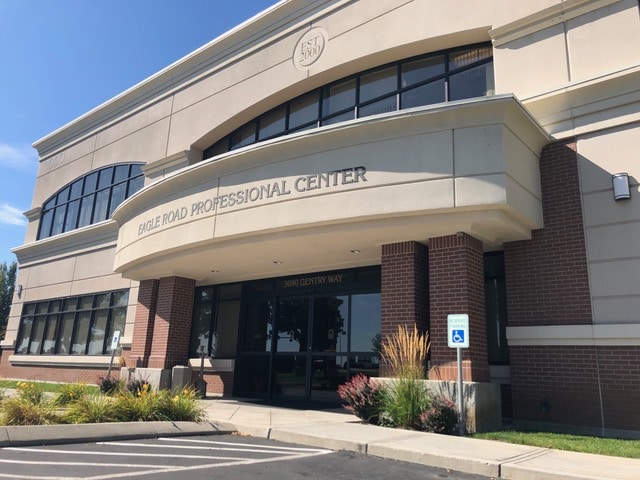Abdominoplasty
Goals for an Abdominoplasty (tummy tuck) can be different for each patient, but in general, the procedure helps flatten the abdomen by removing excess fat and skin, and tightening muscles. The best candidates for abdominoplasty are in good physical condition, with areas of fat or loose skin that have not responded well to diet and exercise. Abdominoplasty can also be appropriate for slightly obese people whose skin has lost some of its elasticity, and for women with skin and muscles stretched from pregnancy. Anyone planning on losing a significant amount of weight, and women planning on having (more) children, should wait before undergoing abdominoplasty. During your consultation with Dr. Jarrell, he will review your history, discuss your goals and motivations for this procedure and examine you to help you decide if abdominoplasty is right for you.
The Abdominoplasty Procedure
Abdominoplasty takes approximately 3 to 5 hours to perform; the patient is placed under general anesthesia. The procedure may differ from patient to patient based on your physical findings and your goals for the procedure. Generally, two incisions are made: one from hipbone to hipbone close to the pubic area, and another around the navel.
Skin is separated from the abdominal muscles up to the level of the ribs. This provides access to the abdominal wall muscles which are usually stretched out or widened, which are then pulled together and stitched into place for a firmer abdomen and narrower waist.
Similar to a window shade, the elevated skin flap is then stretched down over the newly tightened muscles, excess skin is removed, and the navel is reattached where it looks natural. Drains are typically placed prior to the final closure. The incisions are then closed in several layers, and sterile surgical dressings are applied over the sutured areas followed by an abdominal binder to provide compression and support to the surgical area. In many circumstances, a long–acting local anesthetic is placed prior to final closure to aid with your recovery process.
Before/After
Recovery After Abdominoplasty
This procedure is most commonly performed as an outpatient surgery. However, for some patients, it may be necessary to stay overnight in a hospital based on various circumstances including length of procedure, additional procedures performed or personal preference. After surgery, you are placed in an abdominal binder. Temporary tubes (drains) are usually placed during the procedure to drain excess fluid from the surgical site and are managed at home after discharge. Patients are advised to sleep in a modified position in bed with head elevated and knees and hips flexed with pillows, however others prefer sleeping in a recliner. It is important that shortly following your surgery and when you are able, that you begin light, non-strenuous walking and activities that stimulate circulation. Recovery time ranges from 2 weeks to 2 months. Depending on activities at work, most patients consider returning to work in about 10-14 days, however full recovery, which may include returning to regular activity, exercise or other strenuous activity may require more time. Abdominoplasty leaves a scar spanning the lower abdomen from hip to hip, although attempts are made to design it low enough to be concealed by most undergarments. Certain circumstances may require modifications to the incisions based on a patient’s physical findings. Scars from the procedure typically fade over time but do not completely disappear. In most patients the scar maturation process usually takes place over 9-12 months after your surgery. During the healing process, Dr. Jarrell provides you with guidance and techniques you can use to help manage this healing process. Maintaining weight with a balanced diet and regular exercise provides long-lasting results.
Risks Of Abdominoplasty
In addition to the usual risks associated with surgery and anesthesia, risks associated with abdominoplasty include the following:
- Seroma or fluid build-up underneath the skin
- Delay in healing at your incision sites
- Asymmetry or contour irregularities
- Poor aesthetic result
- Unsightly scarring or widening of the scar
- Loose skin
- Numbness in skin sensation
- Need for revisional surgery
Patients who have had previous abdominal surgery may find that their old scars look more raised, have stretched or are more noticeable in general. Undergoing a scar revision may minimize their prominence. Dr. Jarrell will review these things with you before your planned surgery to make sure that you do not have any questions and that you feel confident to proceed.


